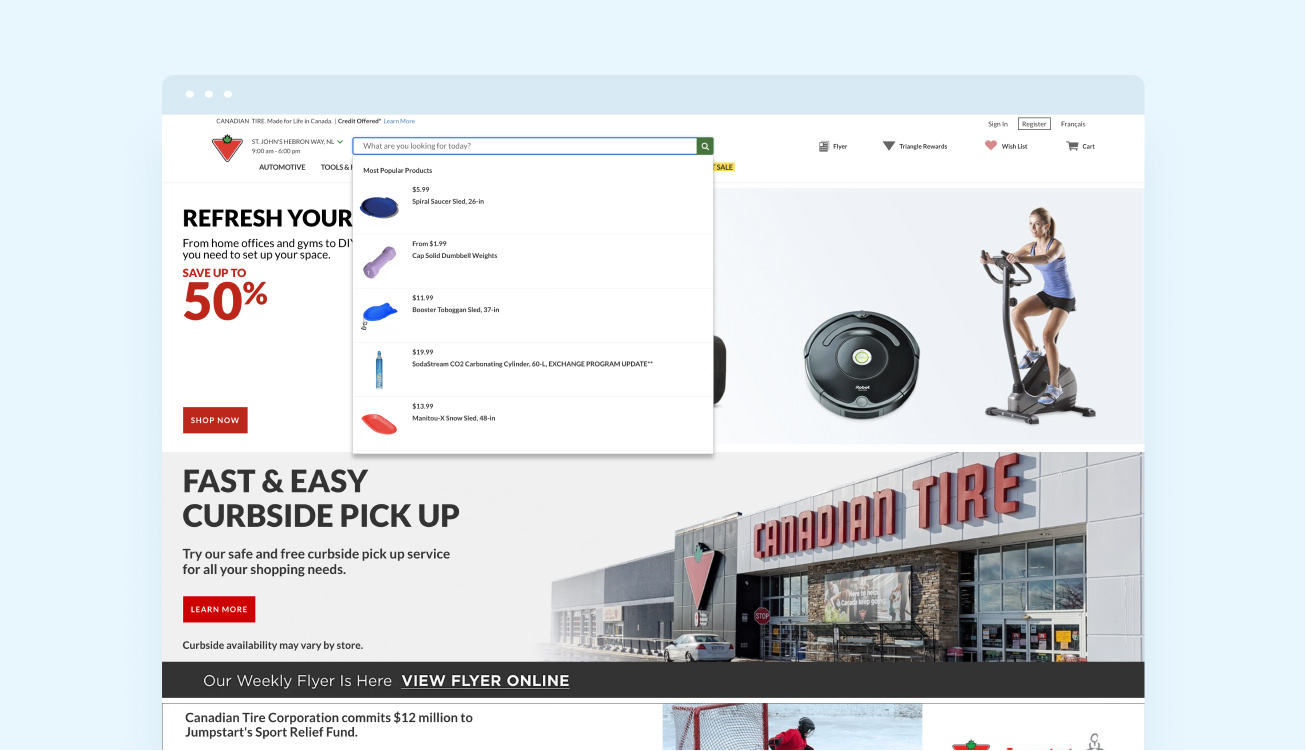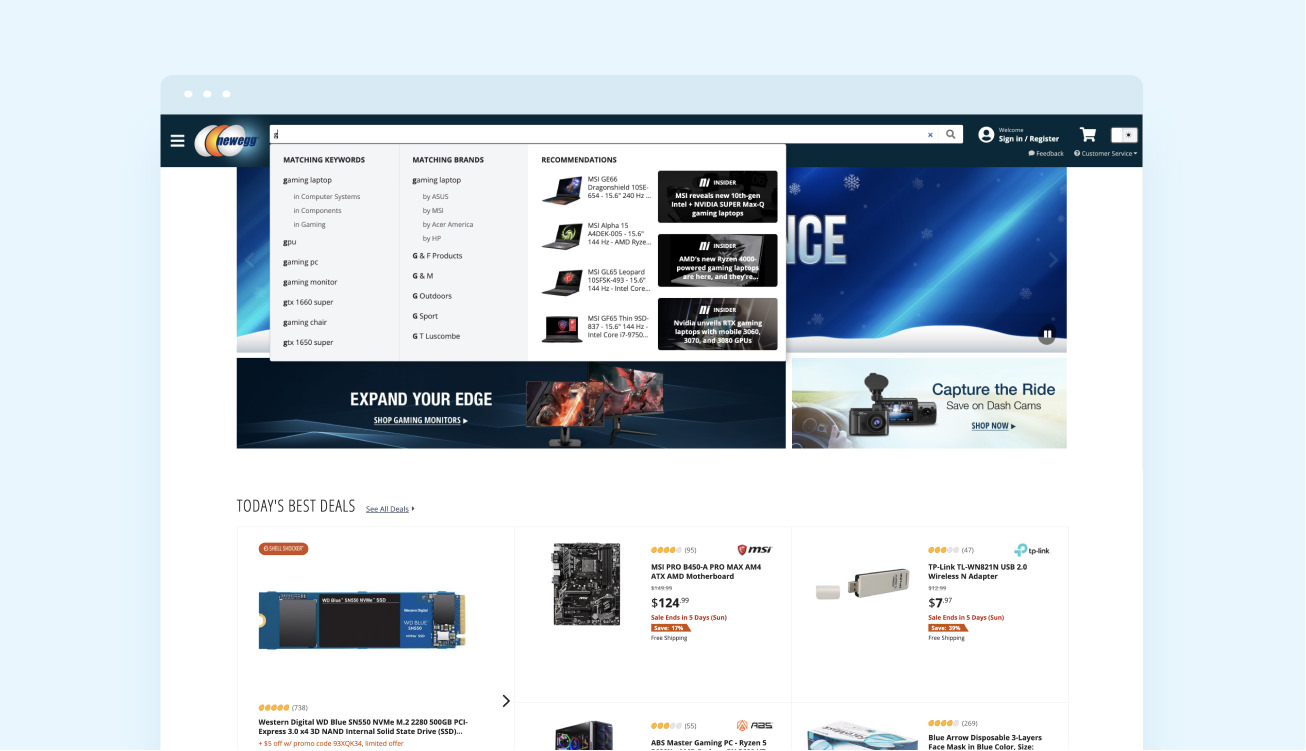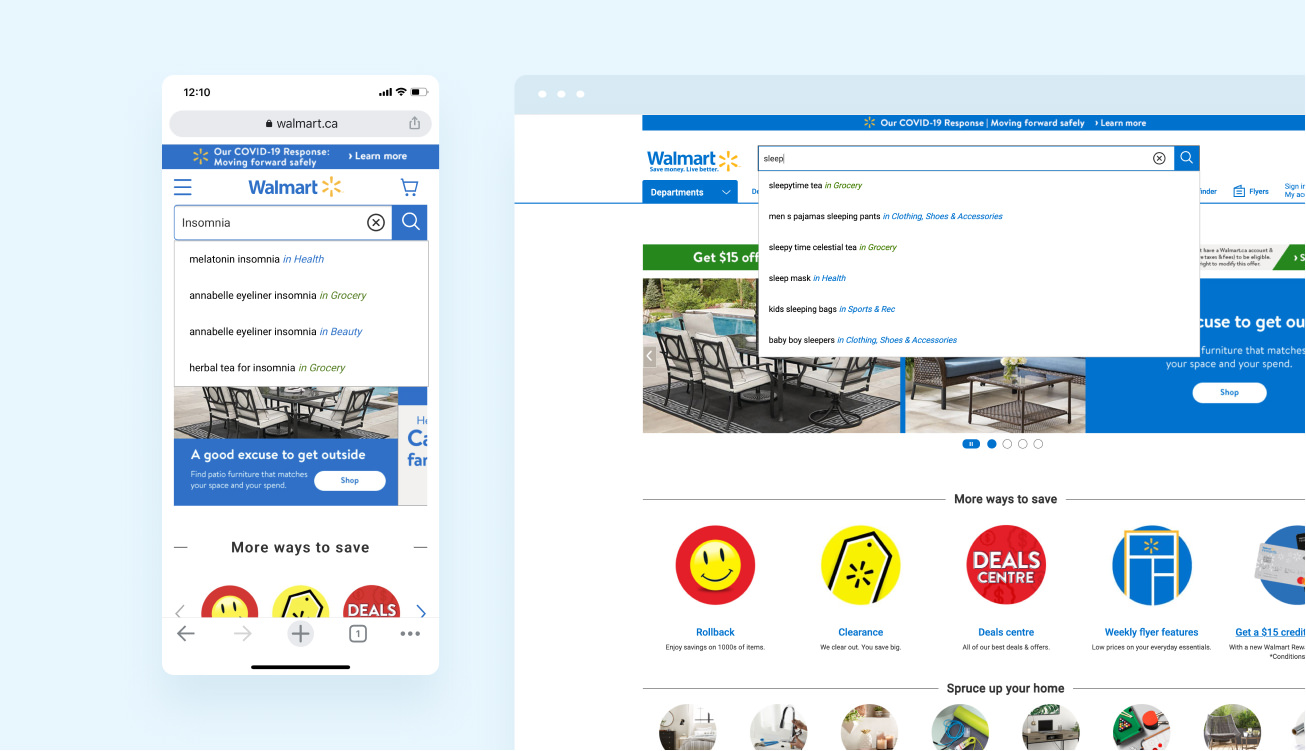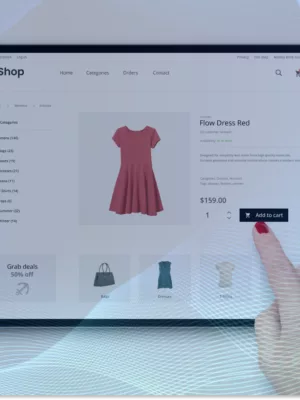
Ecommerce site search serves as the central navigation system for online stores, directly influencing conversion rates and customer satisfaction. When implemented effectively, it bridges the gap between customer intent and product discovery, creating frictionless shopping experiences that drive revenue.
Many online retailers overlook a critical element that directly impacts conversion rates: site search functionality. While products might perfectly match what customers want, be in stock, and within budget, none of that matters if shoppers can't find these items quickly.
This guide presents seven essential best practices for optimizing ecommerce site search in 2025. By implementing these proven strategies, retailers can transform search functions from basic utilities into powerful sales tools that guide customers directly to purchase.
Next, let's explore how making search boxes more visible can dramatically improve user experience.
7 Essential Best Practices for Ecommerce Site Search Optimization
1. Make Search Box Easily Noticeable
The foundation of effective ecommerce site search starts with visibility. Search boxes should stand out on every page and across all devices. Users should never have to hunt for them.
Key implementation points:
- Position the search bar prominently in the header
- Use contrasting colors to make it pop visually
- Ensure the search icon is universally recognizable
- Implement auto-suggestions as soon as users begin typing
A visible, accessible search function invites engagement and signals to customers that the retailer values their time.
Now let's look at how displaying the right product information in search results impacts conversions.
2. Display Proper Product Information
When users begin typing a query, what they see next determines whether they'll click through or abandon their search. Effective ecommerce site search shows relevant product cards with essential details.
Include these elements in search results:
- Clear product images
- Accurate pricing
- Concise product names
- Brief descriptions highlighting key features
- Availability status
This approach allows customers to find what they want after typing just a few letters, streamlining their shopping experience.
Beyond displaying products, helping users compare options can boost average order value.
3. Show Product Suggestions and Enable Comparisons
Smart product suggestions within search results create opportunities for discovery and comparison. This capability transforms search from a simple finding tool into a sales enabler.
Effective implementation includes:
- Showing related products alongside exact matches
- Enabling side-by-side comparison of similar items
- Displaying previously viewed products for returning visitors
- Suggesting complementary items that pair with search results
These features help customers who know what they want while also introducing them to products they might not have considered.
Next, let's explore how letting users search by problem rather than just product names can transform search results.
4. Offer Search by "Problem"
Many customers begin their journey with a problem to solve, not a specific product in mind. Enabling problem-based search connects users with solutions, not just catalog items.
For example, if someone searches "can't sleep" on a health store, site search should return:
- Sleep aid supplements
- White noise machines
- Blackout curtains
- Books on sleep improvement
This approach requires mapping customer problems to relevant products, creating a more intuitive search experience that mimics in-store customer service.
Beyond literal search terms, understanding thematic searches can capture more potential customers.
5. Include Thematic Search
Thematic search expands a site's ability to understand varied search phrases and concepts. This capability accounts for the many ways customers might describe the same product or need.
Ecommerce site search should recognize:
- Slang terms and colloquialisms
- Common misspellings and typos
- Abbreviations and acronyms
- Seasonal terms and themes (e.g., "gifts for dad")
- Symbols and even emojis in modern search interfaces
By accommodating these variations, retailers capture more searches and reduce the frustration of "no results found" pages.
As search technology evolves, visual search capabilities offer powerful new ways to connect customers with products.
6. Implement Image-Based Search
Image recognition technology has advanced rapidly, making visual search an increasingly valuable feature for ecommerce site search.
With image-based search, customers can:
- Upload pictures of products they're looking for
- Search using screenshots from social media
- Find visually similar items to ones they like
- Discover exact matches for products they've seen elsewhere
While this technology requires more sophisticated implementation, it offers a competitive advantage for retailers in visually-driven categories like fashion, home decor, and electronics.
With mobile commerce continuing to grow, optimizing site search for smaller screens is essential.
7. Optimized For Mobile Search
Mobile search experiences must be thoughtfully designed for smaller screens and touch interfaces. Simply shrinking the desktop search experience creates frustration and abandoned searches.
Mobile-optimized ecommerce site search includes:
- Full-width search bars that are easy to tap
- Touch-friendly interface elements
- Simplified results that load quickly
- Voice search capabilities
- Filters designed for touch interaction
- Results that don't require horizontal scrolling
These adaptations ensure mobile users enjoy the same effective search experience as desktop shoppers.
Now that we've explored the seven essential best practices, here's why implementing them delivers real business results.
Benefits of Implementing The Best Practices for Ecommerce Site Search
The business case for optimized ecommerce site search is straightforward:
- Increased Revenue: Search users generate up to 40% of total site revenue despite being only 10% of visitors.
- Higher Conversion Rates: Search users convert 6x more often than non-search visitors.
- Faster Purchases: Effective search creates the shortest path from landing to checkout.
- Reduced Abandonment: When people find what they want quickly, they're less likely to leave.
- Customer Retention: Returning customers who can easily find products become loyal shoppers.
- Competitive Edge: Most retailers underinvest in search, creating opportunity for those who optimize.
- Data-Driven Insights: Search queries reveal exactly what customers want but can't find.
Each best practice directly addresses obstacles that prevent sales. By removing these barriers, retailers capture revenue that would otherwise be lost to competitors with better search experiences.
Conclusion: Search as a Competitive Advantage
Online retailers who optimize site search gain a significant edge. While competitors focus primarily on driving traffic through advertising, better search functionality ensures that traffic converts at higher rates.
Effective site search connects motivated buyers with products they want, creating the shortest possible path to purchase. The 7 best practices for ecommerce site search remove friction from the buying process and increases conversion likelihood. For ecommerce businesses seeking to maximize return on their digital investments, ecommerce site search optimization represents one of the highest-impact opportunities available.
The most successful online retailers recognize that site search isn't merely a utility—it's a powerful sales tool that directly influences revenue, customer satisfaction, and market position.
Ready to Transform Your Ecommerce Site Search?
You've invested so much in getting visitors to your store. Isn't it time to make sure they can find exactly what they're looking for when they arrive?
At Convergine, we understand the challenges of creating exceptional search experiences. We've helped businesses just like yours transform their site search from a basic utility into a powerful sales driver that customers love.
30 minutes is all it takes for you to grow and scale. Book a free strategy session now to discover how we can implement these site search best practices for your unique products and customers.













